Optimal Timing for Waterproofing Applications

Spring offers moderate temperatures and low humidity, ideal for applying waterproofing products effectively.

Summer provides warm weather, but high humidity and rain can delay or affect the curing process of waterproofing materials.

Fall temperatures are suitable for waterproofing, with less rain and moderate conditions that support proper application.

Ways to make Waterproofings work in tight or awkward layouts.

Popular materials for Waterproofings and why they hold up over time.
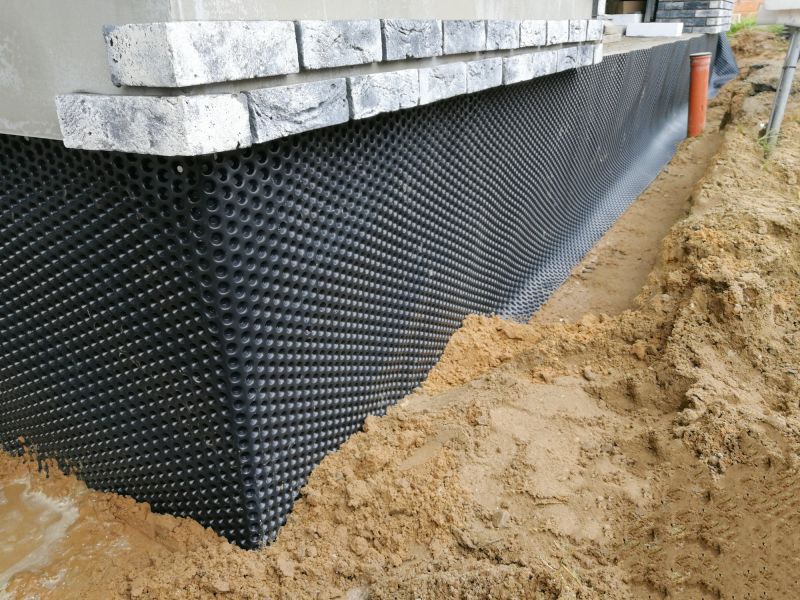
Simple add-ons that improve Waterproofings without blowing the budget.

High-end options that actually feel worth it for Waterproofings.
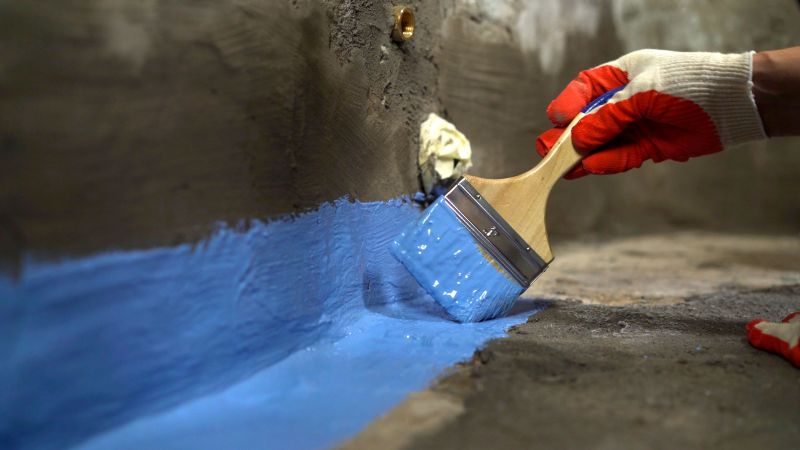
Finishes and colors that play nicely with Waterproofings.
Waterproofings are essential for protecting structures from water intrusion, which can lead to damage, mold growth, and structural deterioration. Proper waterproofing extends the lifespan of buildings and reduces maintenance costs. The timing of waterproofing application can significantly influence its effectiveness, with optimal conditions varying based on climate and material used.
Statistics show that waterproofing applied during favorable weather conditions results in a 30% higher success rate in preventing leaks. Temperature, humidity, and rainfall are key factors that impact the curing process and adhesion of waterproofing materials. Planning waterproofing projects during suitable seasons ensures durability and long-term protection.
Most waterproofing products perform best between 50 and 85 degrees Fahrenheit, ensuring proper curing and adhesion.
High humidity can slow down drying times and compromise application quality. Dry, low-humidity days are preferred.
Applying waterproofing before forecasted rain can lead to wash-off and ineffective sealing. It is best to wait for dry weather.
Scheduling waterproofing projects in spring or fall can optimize conditions and improve longevity.

Proper surface preparation is crucial for effective waterproofing.
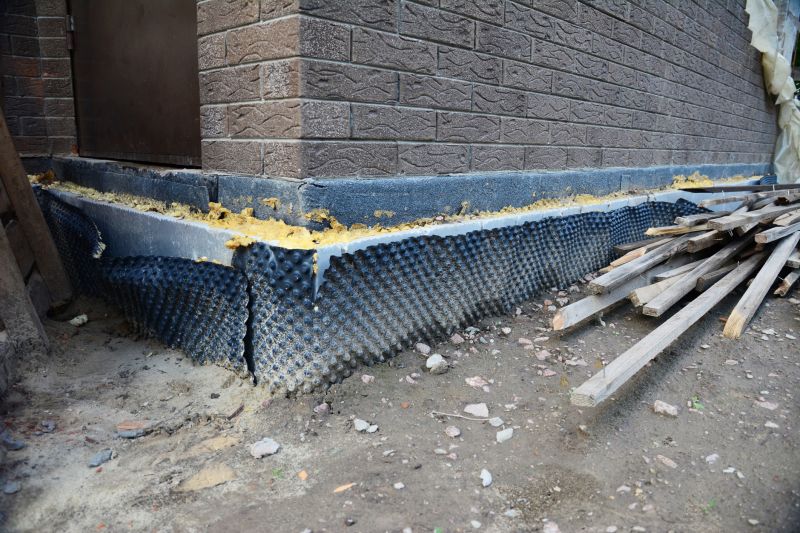
Different materials are suited for various applications and weather conditions.

Timely waterproofing prevents costly repairs and structural issues.
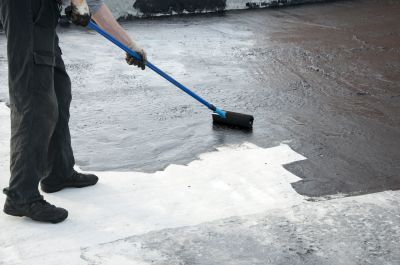
Choosing the right season enhances application success.
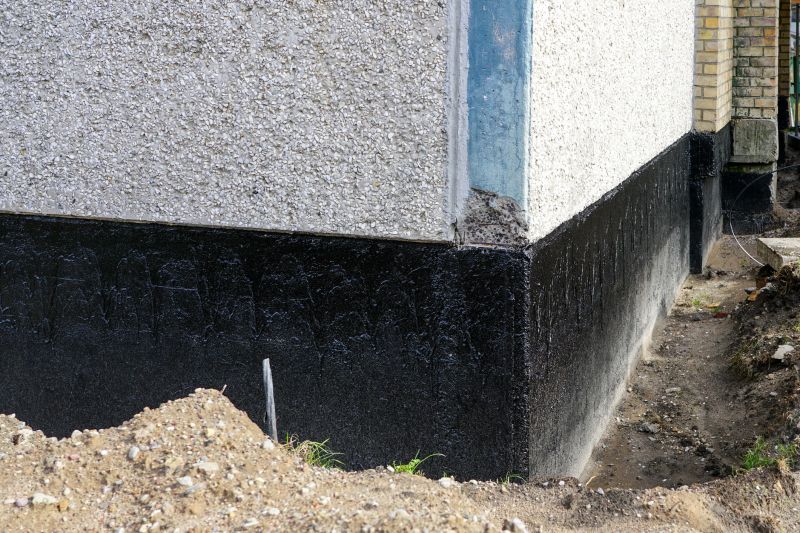
Methods vary based on structure type and environmental factors.
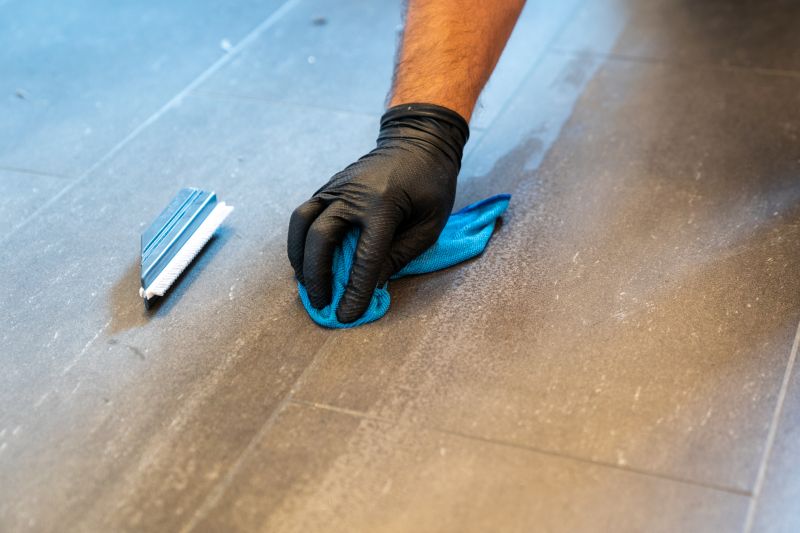
Regular inspections ensure long-term effectiveness.
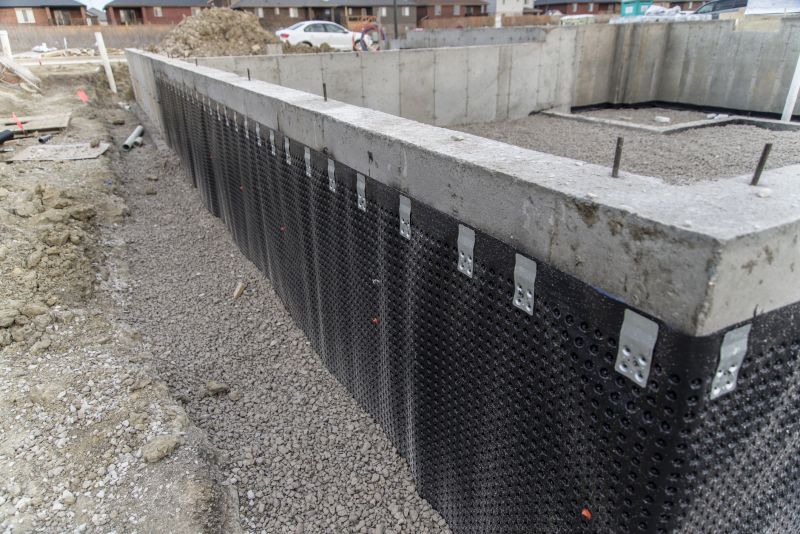
Critical for preventing basement leaks and structural integrity issues.
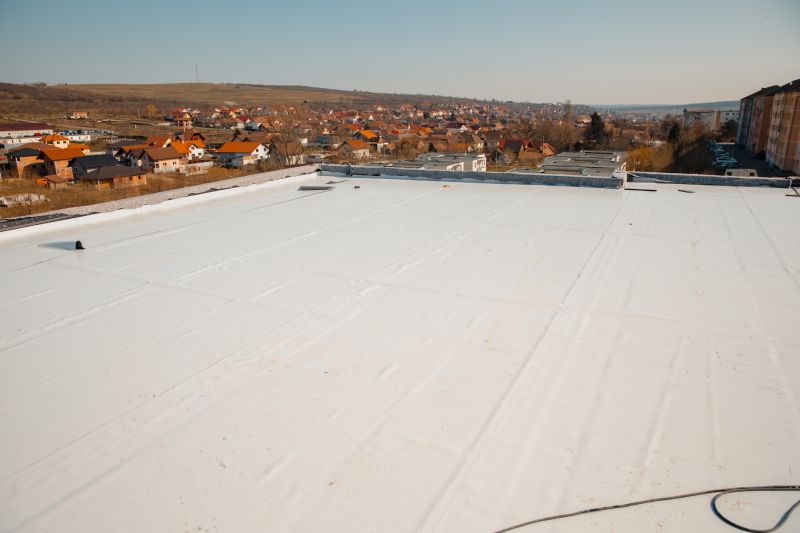
Protects against leaks and extends roof lifespan.
| Season | Optimal Conditions |
|---|---|
| Spring | Moderate temperatures, low humidity, less rain |
| Summer | Warm weather, but watch for high humidity and rain |
| Fall | Cooler temperatures, dry days, less rain |
| Winter | Generally not recommended due to cold and moisture |

